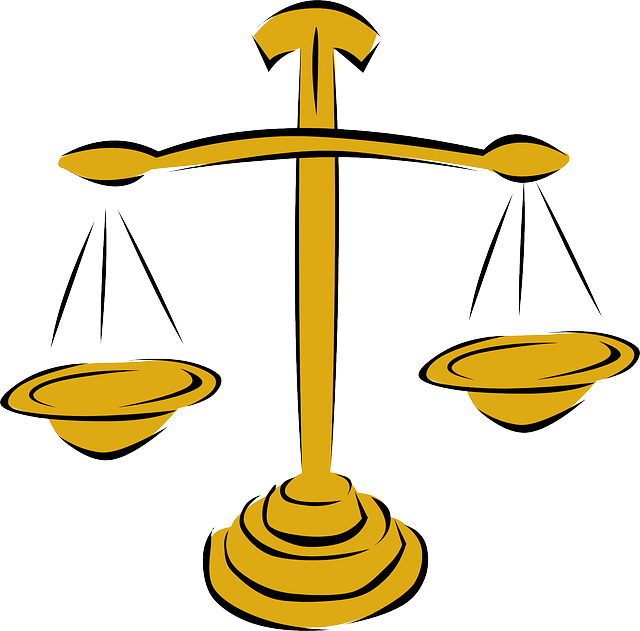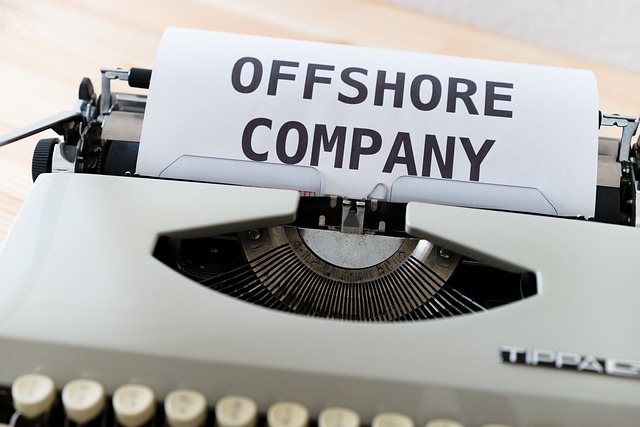Understanding ownership costs is vital for anyone in the real estate market. These costs go beyond the purchase price, encompassing expenses like property taxes, insurance, maintenance, and utilities, which vary based on location, property type, and size. Recognizing these factors empowers investors and buyers to make informed decisions, optimize financial strategies, and navigate market complexities with ease.
“In the world of real estate, understanding and managing ownership costs is a game-changer for investors. This comprehensive article delves into the various factors that significantly impact overall expenses, offering valuable insights for savvy property owners. From defining and deciphering ownership cost components to exploring innovative solutions, we guide you through effective strategies. Discover how smart home technologies, green building practices, and tax optimization techniques can revolutionize your operational costs, ensuring long-term financial benefits in this dynamic market.”
Understanding Ownership Costs in Real Estate

In the realm of real estate, understanding ownership costs is paramount for both investors and prospective buyers. These costs extend far beyond the initial purchase price, encompassing a web of expenses that can significantly impact overall financial health. From property taxes and insurance to maintenance, repairs, and potential assessments, each aspect contributes to the intricate tapestry of real estate ownership.
Gossamer layers of fees, such as management charges, utility bills, and even landscaping, can quickly add up, transforming a seemingly affordable property into a financial burden. Conversely, recognizing these diverse costs enables savvy individuals to budget effectively, make informed decisions, and ultimately navigate the real estate landscape with greater ease.
– Definition and breakdown of ownership costs

Ownership costs in real estate encompass a wide range of expenses associated with owning and maintaining a property. This includes both direct and indirect costs, which can significantly impact overall financial burden on property owners. The breakdown of ownership cost involves several key components such as mortgage or rent payments, property taxes, insurance, maintenance and repair expenditures, utilities, and home owner’s association (HOA) fees, if applicable.
These expenses vary based on the type of property, its location, size, age, and condition. For instance, larger properties often come with higher utility bills and more extensive maintenance needs, while urban locations may subject owners to higher property taxes and HOA fees. Understanding these cost breakdowns is crucial for prospective buyers or current owners looking to optimize their financial strategies in the real estate market.
– Factors influencing overall cost

Several factors significantly influence the overall ownership cost in real estate, making it a complex landscape for prospective buyers and investors alike. These include location, property size, age, and condition, as well as market trends and economic conditions. For instance, prime urban locations often command higher prices due to their desirability, whereas remote areas may have lower initial costs but could lack essential amenities, increasing long-term expenses.
The type of property also plays a pivotal role. Residential properties, whether apartments or single-family homes, have distinct ownership cost profiles compared to commercial real estate. Additionally, factors like energy efficiency, accessibility, and proximity to schools, healthcare facilities, and transportation hubs can substantially impact running costs over time.






